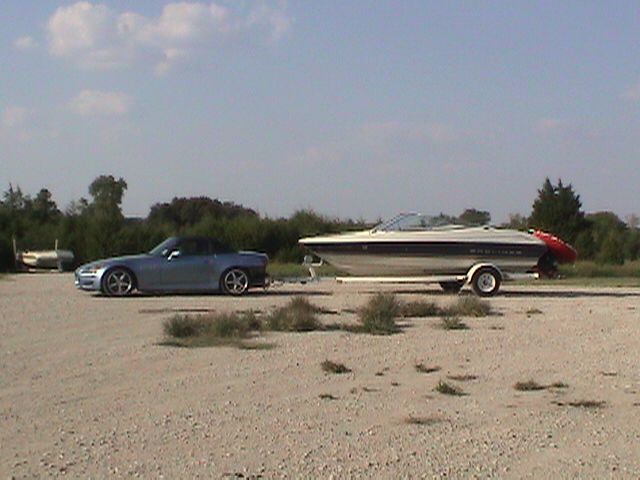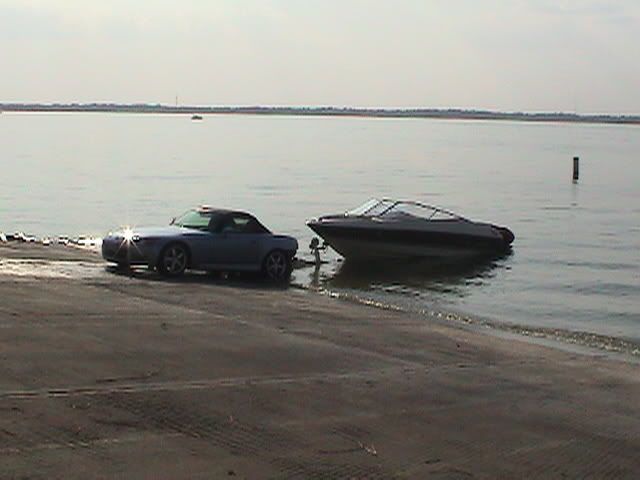Glad you guys got on board!

I actually think DJI made some a ton of really great design choices, even though the final result isn't "ideal". If DJI had wanted to achieve an ideal / efficient hover, they could have simply reduced the opposing pitch of the props, and allowed the front rotors to swing a few degrees farther forward. However, as AlanTheBeast pointed out, that would cause the props to show up in the camera's view more often.
As a helicopter pilot for 50+ years, the reason a helicopter needs less power in forward flight is called "translational lift" .. as the fuselage moves forward the forward rotating blades see additional lift from the additional forward speed of the helicopter .. simple. Now look up "retreating blade stall" and see what happens if you go to fast!! I doubt you could design a wing that would work in a quad-rotor ...
See esp. the para below on retreating blade stall and why it is not at all of the same importance as for a helicopter.
We've stomped all over this. A quad is not a helicopter (mostly). Helicopters have one (or 2) variable pitch, constant speed rotors that are more aptly described as wings. A quad pushes air down fast for reaction lift throughout most of its envelope. And yes, these fan blades are airfoils, but that's just to make air move efficiently.
Which is why quads (and helicopters) need more power in out-of-ground-effect hover. It is sitting in its self made down rushing column of air. Put your hand under a hovering MP to get a "feel" for that.
Move it forward and it's fresh still air.
Yes, this is very analogous to the same advantages for a helicopter moving into still, unperturbed, no down vector air - but not quite the same.
Drones are not as dangerously affected by retreating blade stall. Since that rotor is paired with a rotor beside it [1], there is no roll induced as there will be in a helicopter. The "fan" is merely less effective and so is its opposite lateral fan. The roll cancels out. The drone may not be able to maintain altitude at that speed, but it won't roll into an uncontrollable condition. DJI limit the speed of their drones and such is probably one of the many reasons why. Or maybe to not fry the motor. So no lack of control - no loss of altitude[2].
Importantly, don't forget that
stall is not a result of lack of speed, but is due to an angle of attack that causes the air over top the airfoil to stop adhering to the top of the airfoil - so lift is lost. Since drone blades are fixed they cannot stall in quite the same manner - merely cease pushing air downward as effectively. See above for why this is not so much of an issue as it is with helos.
[1] - could also say paired with the rotor behind (or ahead) of it - but in the case of the MP the incidence angle of the rotors are different fore and aft so one "pair" of rotors may have retreating blade stall ineffectiveness, the other pair (fore or aft) would not at the initial onset for the other pair.
[2] I have seen one (1) report of a MP user getting a rotor high speed limit warning, and this may be a case where rotor thrust imbalance fore and aft becomes an altitude loss issue. Not enough info to date.












